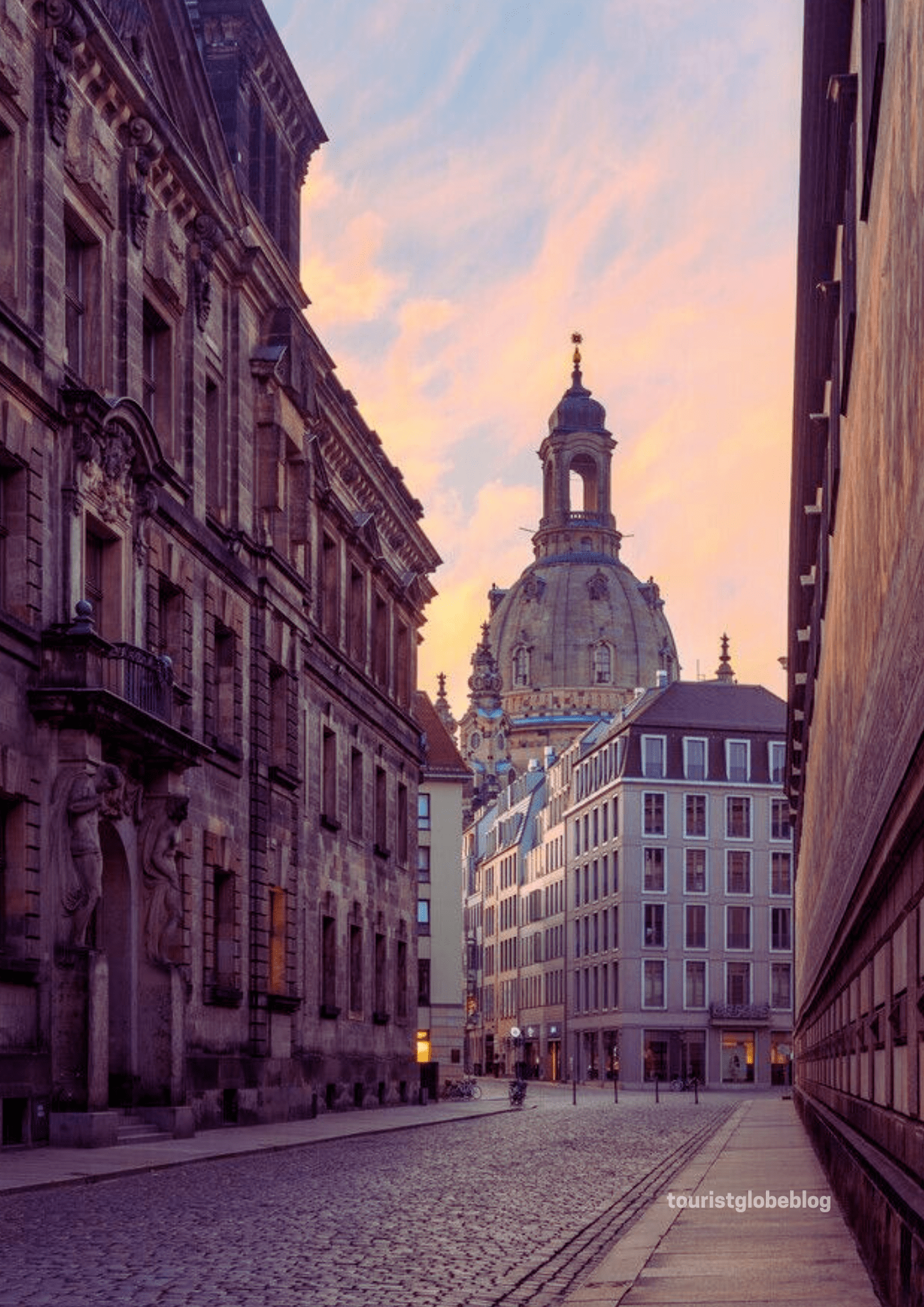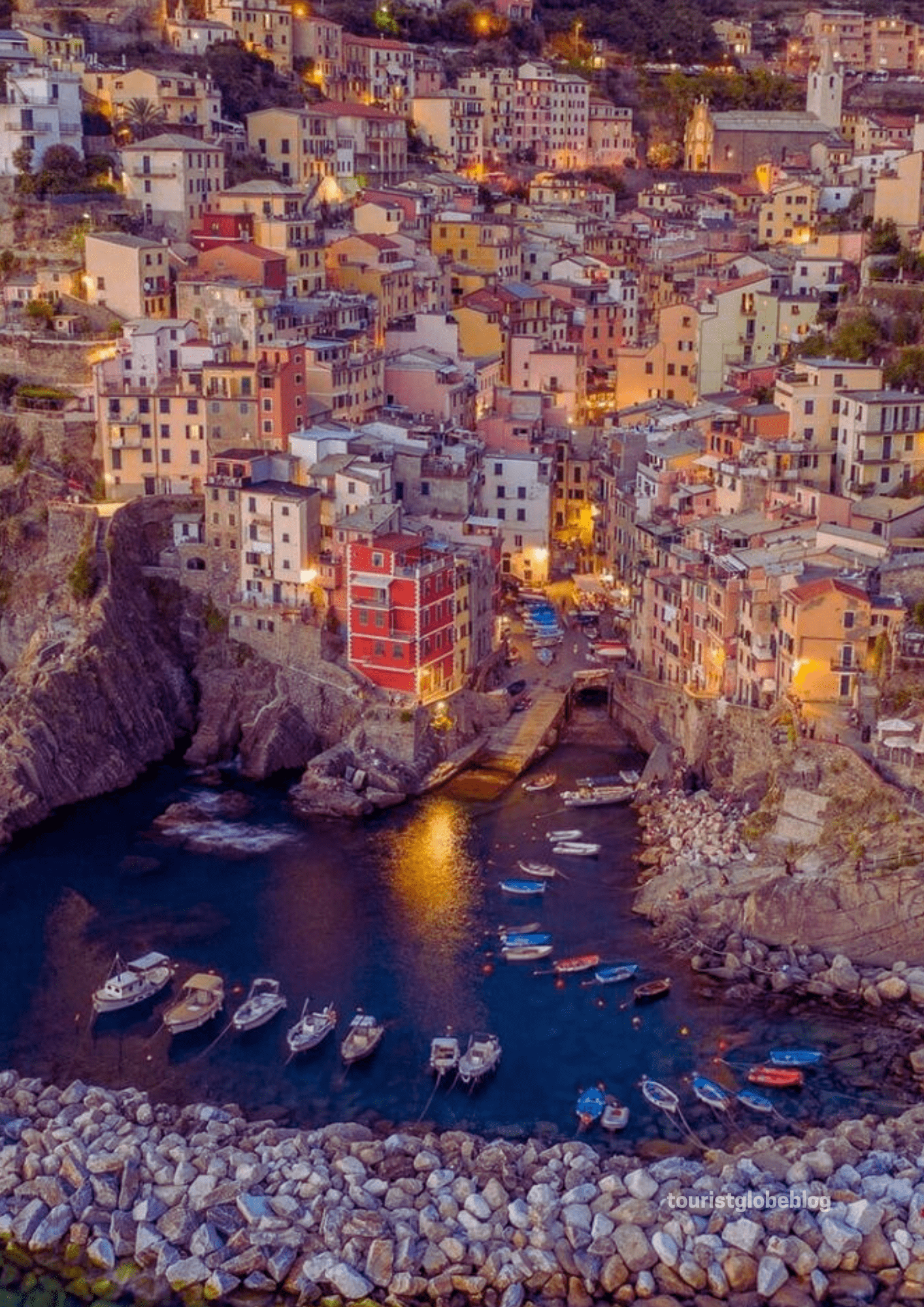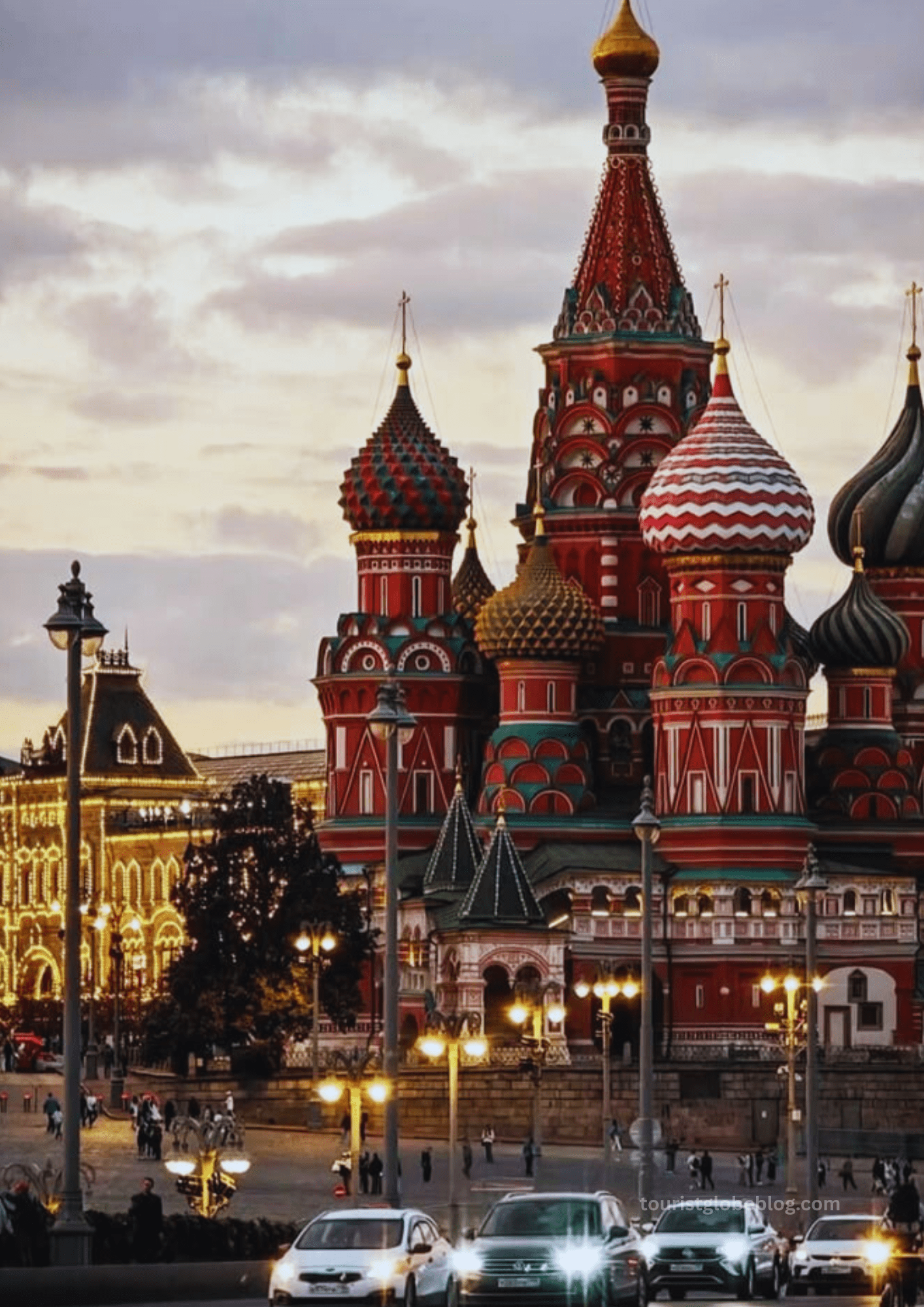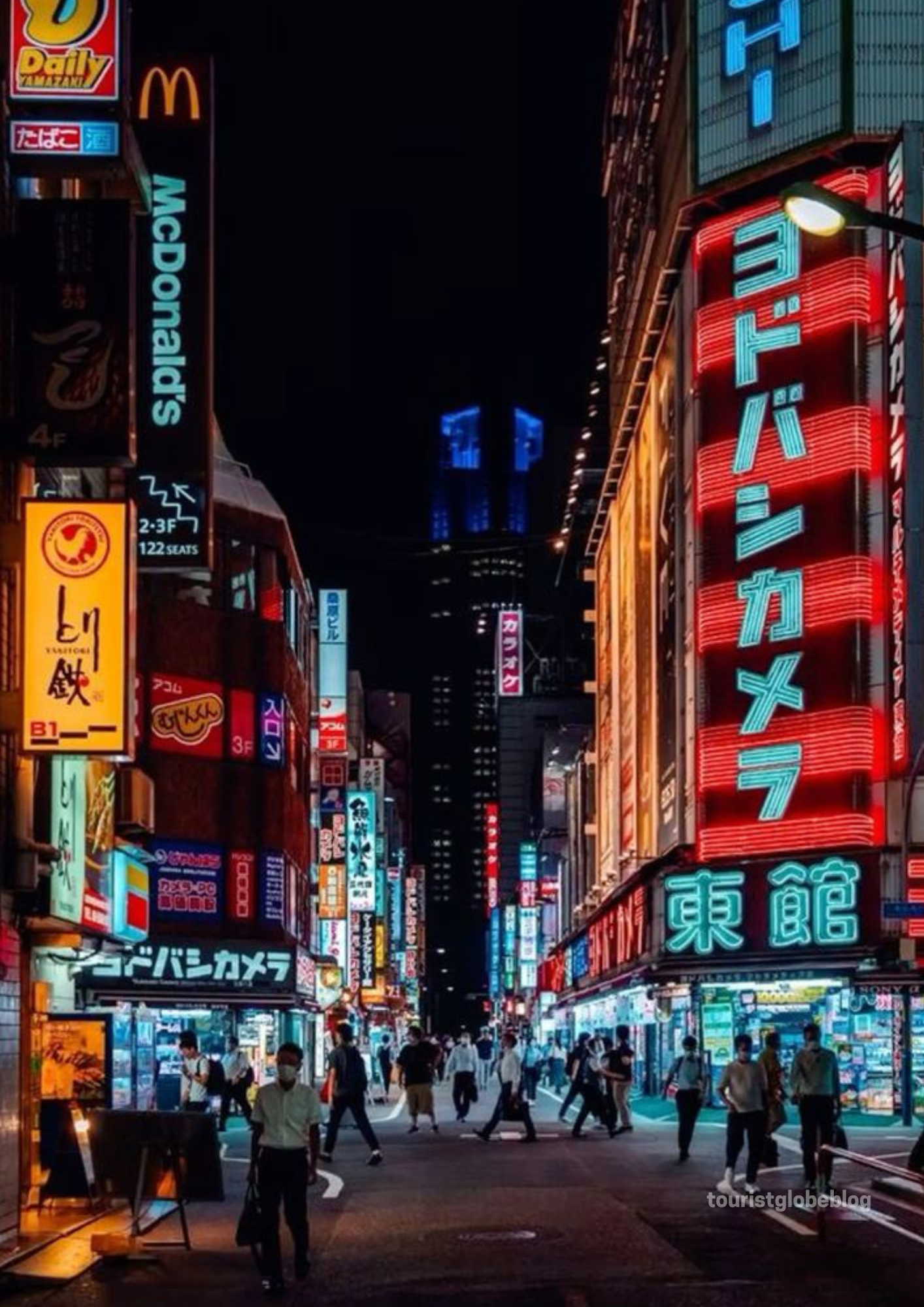Dresden, Germany, is a city that redefines strength and beauty. Dresden, Germany, was once destroyed by war, but it has since become a cultural gem.
This city is located along the Elbe River and has beautiful Baroque buildings and a lively arts scene. Dresden, Germany is a must-see treasure in eastern Germany, whether you love big opera houses, European Christmas markets, or just want to feed your soul (and your camera).
Who is Dresden, Germany, good for?
People who love history and architecture— Dresden, Germany is a living museum of Baroque magnificence, with restored masterpieces including the Frauenkirche and Zwinger Palace.
People who love art and music— Dresden, Germany, is a cultural powerhouse because to the Semperoper and world-class museums.
For people on a budget – Dresden, Germany is a budget-friendly European getaway since it has cheap food, trams, and a lot of free things to do.
Romantic Getaways: Walking along Brühl’s Terrace at sunset is a memory that will last a lifetime.
Digital Nomads and Content Creators: Dresden, Germany is a great place to work and travel because it has cute cafes, Wi-Fi-ready areas, and beautiful views.
Hotel Taschenbergpalais Kempinski is a good place to stay nearby. A stay at a restored palace that is close to key attractions.
Where to stay in Dresden, Germany
- Motel One Dresden am Zwinger is a great place to stay because it is cheap, stylish, and in a great location.
- Lollis Homestay is a unique hostel in Neustadt where you can meet other travellers.
- The Hyperion Hotel Dresden is classy and has views of the Elbe River. It also has modern conveniences.
- Guesthouse Mezcalero is a colourful, affordable place with a lot of personality.
What and Where to Eat in Dresden, Germany :
- Saxon Food—Try Sächsische Kartoffelsuppe (potato soup), Sauerbraten, and Dresdner Stollen (particularly around Christmas).
- Altmarktkeller and Sophienkeller are historic cellar eateries that serve local dishes.
- In Neustadt, you can have bratwurst, currywurst, or Turkish kebabs for less than €5.
- Pfunds Molkerei is a fancy dairy store that sells the best milk, cheese, and pastries in town.
- Vegan House Dresden is a trendy restaurant that health-conscious travellers love.
The Church of Our Lady (Frauenkirche) is one of the best places to take pictures and post them on Instagram. The dome is a symbol of peace and offers a spectacular view of the city.
Brühl’s Terrace, sometimes called the “Balcony of Europe,” is a great place to see the sun rise and set.
The Fürstenzug (Procession of Princes) is the largest porcelain mural in the world.
Zwinger Palace Courtyard: A beautiful Baroque space with fountains and symmetry.
Kunsthofpassage (Neustadt) is where the “Singing Drainpipes” and artistic façades are.
What People Who Live in Dresden, Germany Say
People who live in Dresden, Germany, are proud of how their city has come back to life and how beautiful it is. They say that the best views of the river are from Augustus Bridge, and that the best time to visit is in the spring or around Christmas. They’ll also tell you that Neustadt is where the local vibe is at, so don’t simply stay in Altstadt.
Mistakes that tourists often make (and how to avoid them)
- Don’t skip Neustadt, the bohemian heart of Dresden, Germany, with its cafes, art, and nightlife.
- One Day Visit—Stay for at least 2–3 days to see the museums, walk along the river, and enjoy the atmosphere.
- Not buying Green Vault tickets early. They sell out quickly.
- Driving in the City Centre: There isn’t much parking, so take the tram or walk.
- Not Paying Attention to Smaller Attractions: People often miss out on gems like the Yenidze building and the Panometer.
Tips for Smart Budgeting for Dresden Germany
- Get the Dresden City Card, which lets you use public transport for free and gives you discounts at attractions.
- Trams and buses are a cheap and easy way to travel about.
- Eat Street Food from the Area—You may have a full lunch for less than €10.
- Go to Free Museums: Some museums and cathedrals are free or ask for donations on certain days.
- Get Combo Tickets Museums like Zwinger, Residenzschloss, and Semperoper often have deals where you may get tickets for more than one event at once.
Tips for Packing for Dresden Germany
- Comfortable shoes for walking: Cobblestones are pretty, but they aren’t good for your feet.
- Umbrella or rain jacket: The weather can change at any time.
- Power Bank: For long days of sightseeing and taking pictures.
- Reusable Water Bottle: There are a lot of places to refill them, and they’re good for the environment.
- Layered Clothing: In the spring and autumn, it can be cold in the morning and warm in the afternoon.
Dresden, Germany, may not be on every nomad’s radar, but it should be. It’s a great place to work from home and create content. For creators, it’s perfect since there are quiet cafés with free Wi-Fi, green places by the river for brainstorming, and countless visuals for making content.
Cafés that are great for working:
- Café Oswaldz has great coffee and outlets.
- Scheune Café is a cheerful and artistic place in Neustadt.
- Café Latte Art—comfortable with a great atmosphere.
Extra things to do nearby
- Saxon Switzerland National Park has amazing sandstone cliffs and trails. It’s only 45 minutes away. Highly Recommended for New Visito
- Meissen is the place where European porcelain was first made.
- A fairy-tale castle beside the lake, Moritzburg Castle.
- A baroque wonder with gardens right on the Elbe is Pillnitz Palace.
- The Panometer Dresden is a 360-degree view inside a former gas tower. It’s great for history lovers.
Respect Checklist (Cultural & Environmental Etiquette)
- ✅ Be on time—Germans value being on time.
- Be quiet in churches and museums, especially in Frauenkirche and Semperoper.
- Use trash cans. The city is clean, and tourists are expected to help keep it that way. Tip 5–10%: Not required, but always welcome in cafés and restaurants.
- Don’t feed the birds at Zwinger since it makes the place dirty and noisy.
How Dresden, Germany, has changed over the years
Dresden, Germany, has been magnificently restored since World War II. The careful rebuilding of the Frauenkirche, the rebuilt Royal Palace, and the resurrection of the Altmarkt are all examples of how this city honours its past while moving forward with confidence. Dresden, Germany has preserved its cultural heartbeat even with modern embellishments.
It’s not simply a city of museums anymore; it’s a place for creativity, community, and quiet pride.
Final Thoughts and Personal Experience About Dresden Germany
The first time I went down the Elbe in Dresden, Germany, I was impressed by how calm the city was. It felt like magic to see people reading on benches, street musicians playing classical music, and golden sunlight hitting Baroque domes. There were fairy lights and traditions that had been around for hundreds of years at the Christmas market. The street food in Neustadt was filling and delicious. The silence within the Frauenkirche almost made me cry.
Dresden, Germany isn’t loud or spectacular; it’s poetic, patient, and strong. It doesn’t ask for attention; it deserves it. Dresden, Germany will leave an impression on your heart, whether you’re travelling alone, as a couple, or as a creative person.
📍 dresden germany, Saxony, Germany 🚉 Getting there: It’s easy to get there by train from Berlin or Prague. The best time to go is from May to September for mild weather and from November to December for holiday splendour.
Listen to what Dresden, Germany has to say. Some cities don’t shout; they sing.






One thought on “Dresden Germany : The Elbe’s Timeless Rebirth”
Comments are closed.